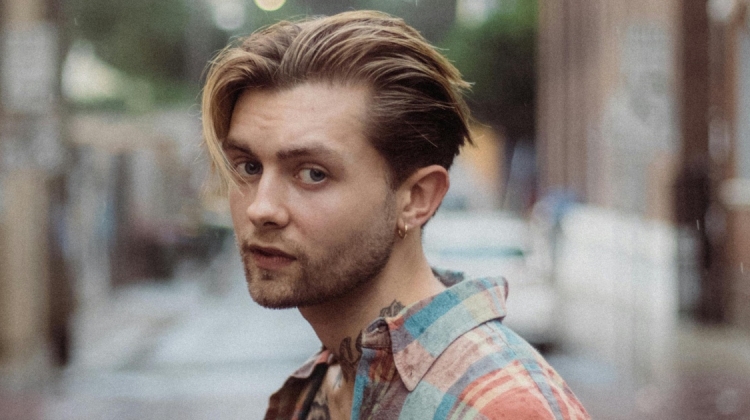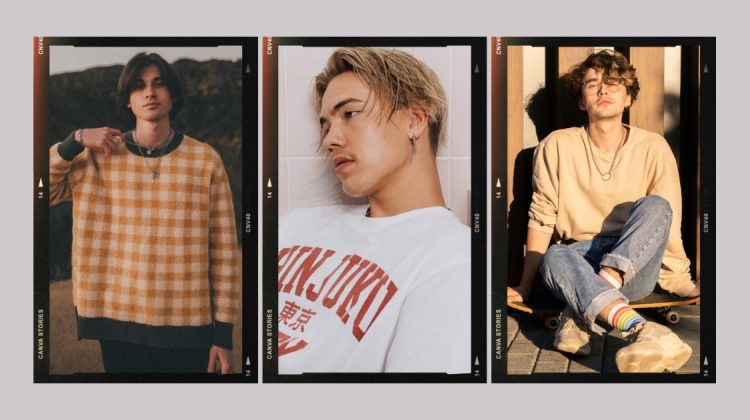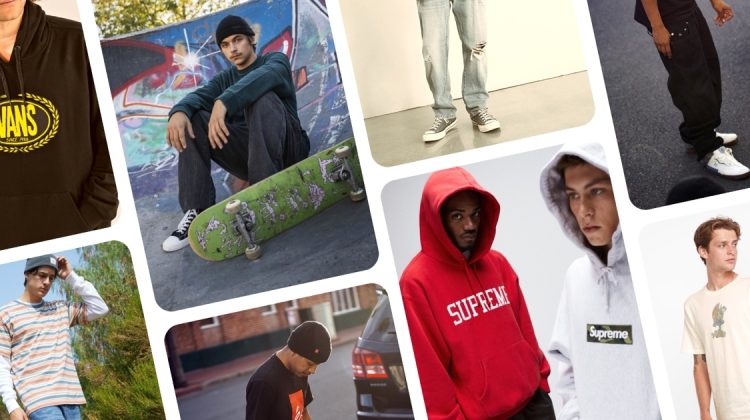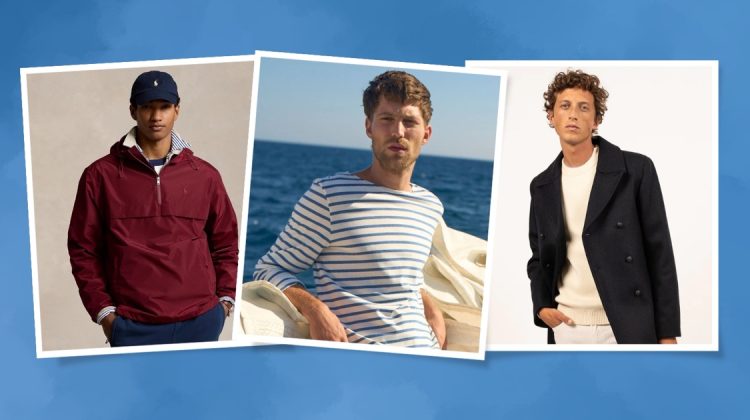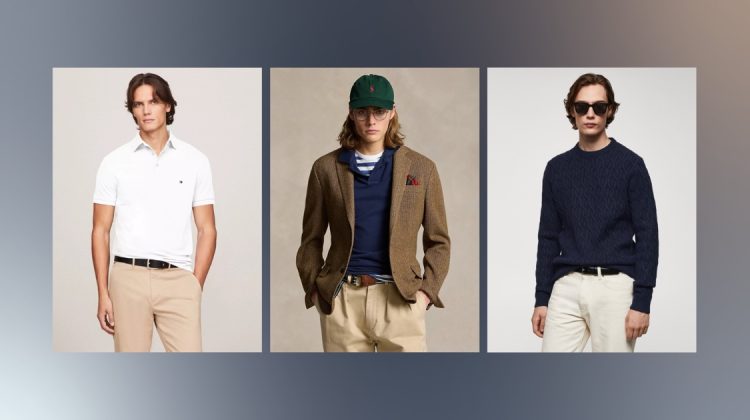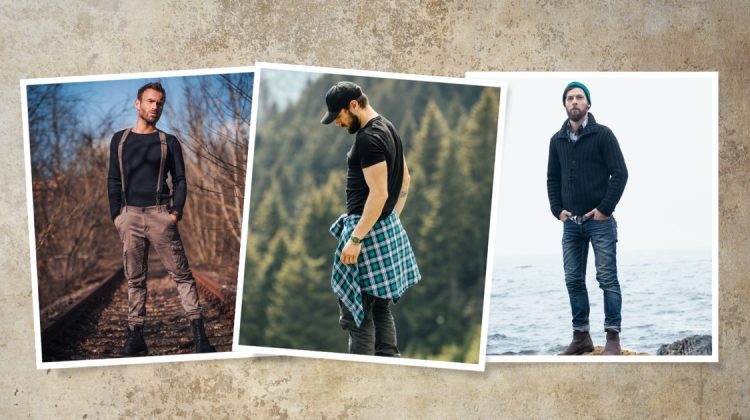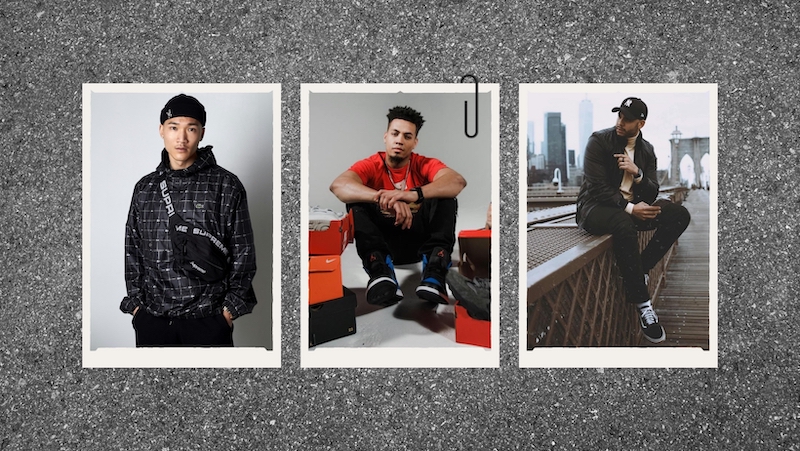
The streetwear aesthetic for men began as a style shaped by local scenes and subcultures, worn as a form of expression rather than fashion. Over time, it evolved into a global force with its own codes and attitude.
At its core, the streetwear aesthetic draws on relaxed silhouettes and laid-back energy shaped by California’s surf and skate culture, sharpened by New York’s downtown grit, and deepened by Japan’s experimental fashion scene.
To understand what is streetwear style, look to the mix of sportswear, bold graphics, and limited releases that reflect cultural influence as much as personal taste.
Streetwear Aesthetic Essentials
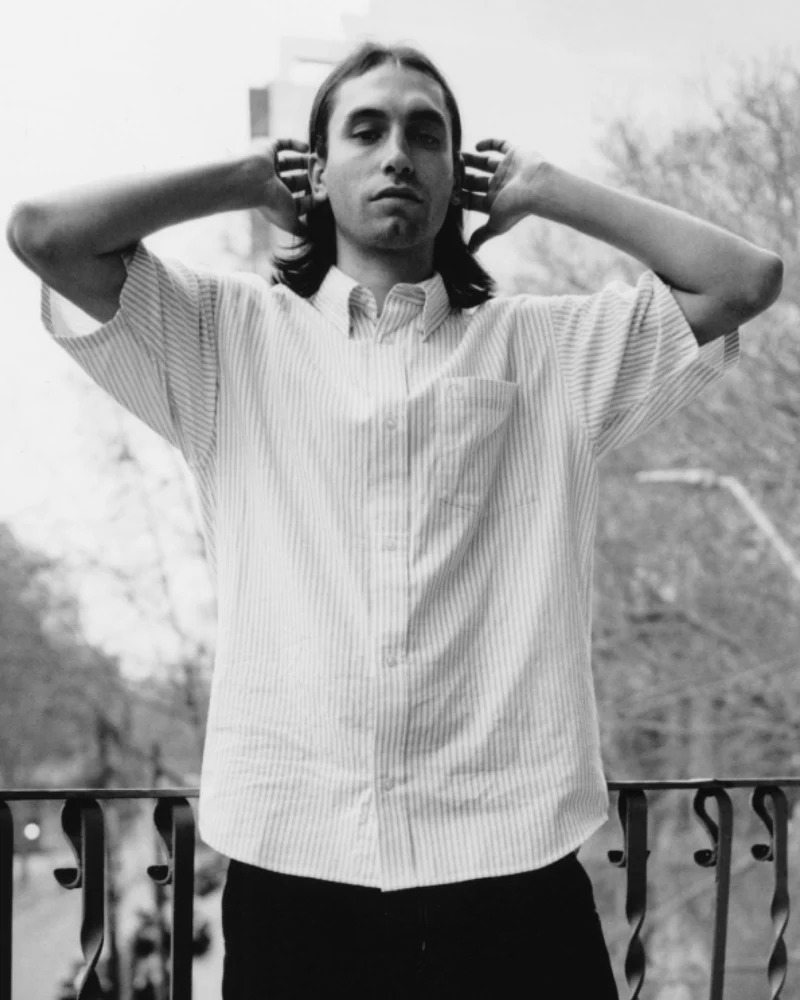
Originally a form of rebellion against mainstream style norms, modern streetwear fashion has become a global phenomenon embodying freedom, creativity, and individuality. Essential garments and accessories create the streetwear aesthetic.
Caps & Hats
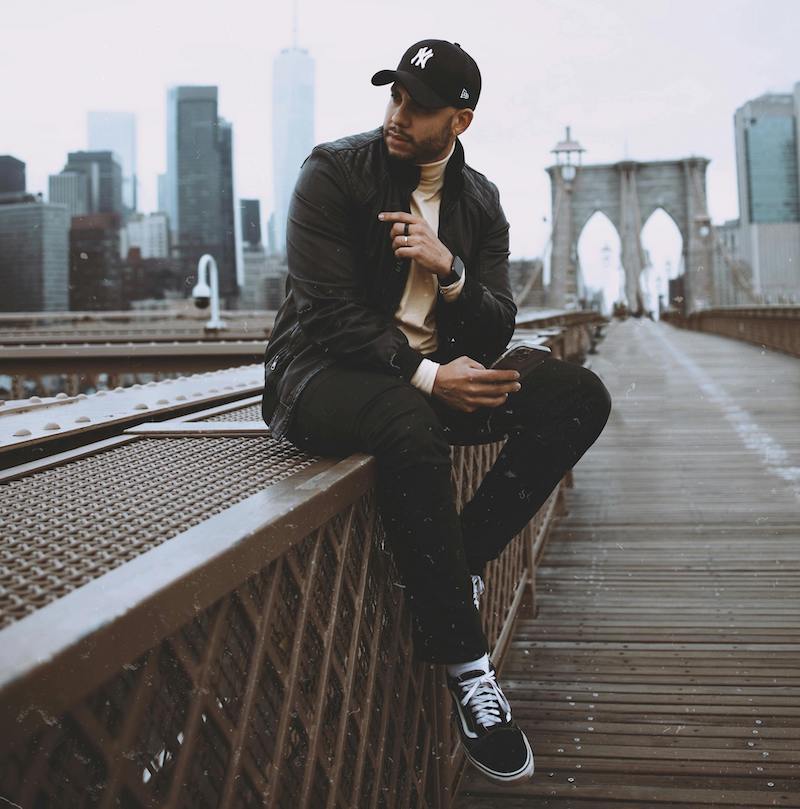
Caps, especially baseball caps or bucket hats, top off many streetwear aesthetic outfits, providing style and sun protection. They also serve as another platform for branding or artistic expression, often featuring logos, patches, or embroidery.
T-shirts
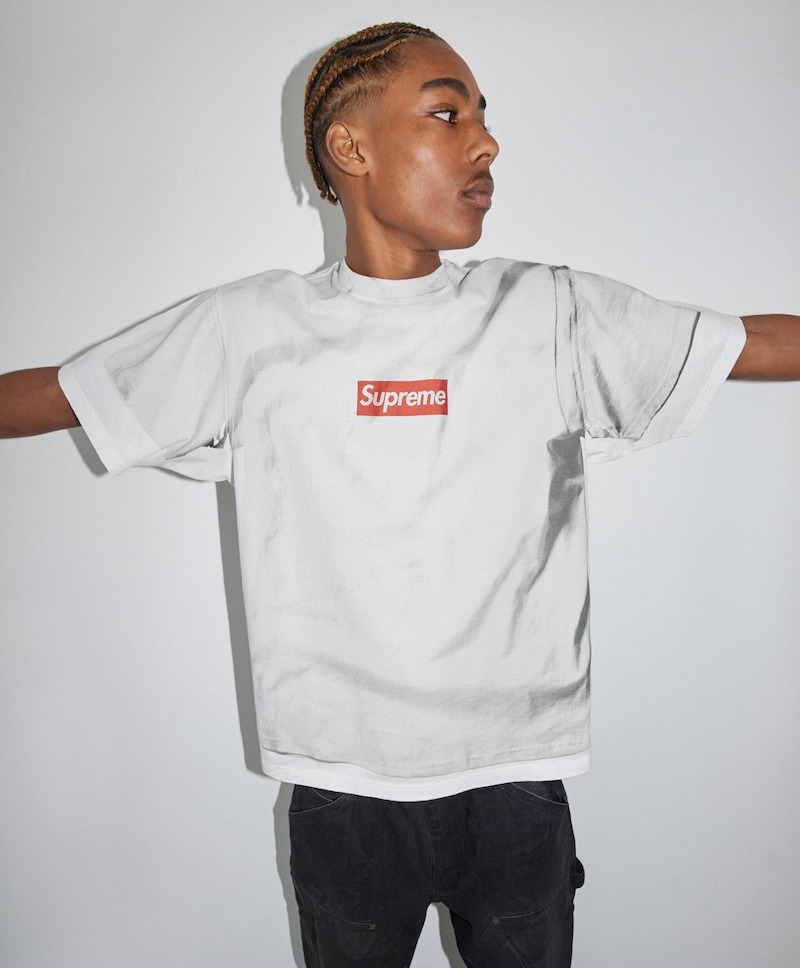
A streetwear essential, the T-shirt, is a versatile canvas for expression. Whether oversized or fitted, t-shirts in the street aesthetic often feature bold logos, graphic prints, or statements that communicate brand identity or cultural references.
Hoodies
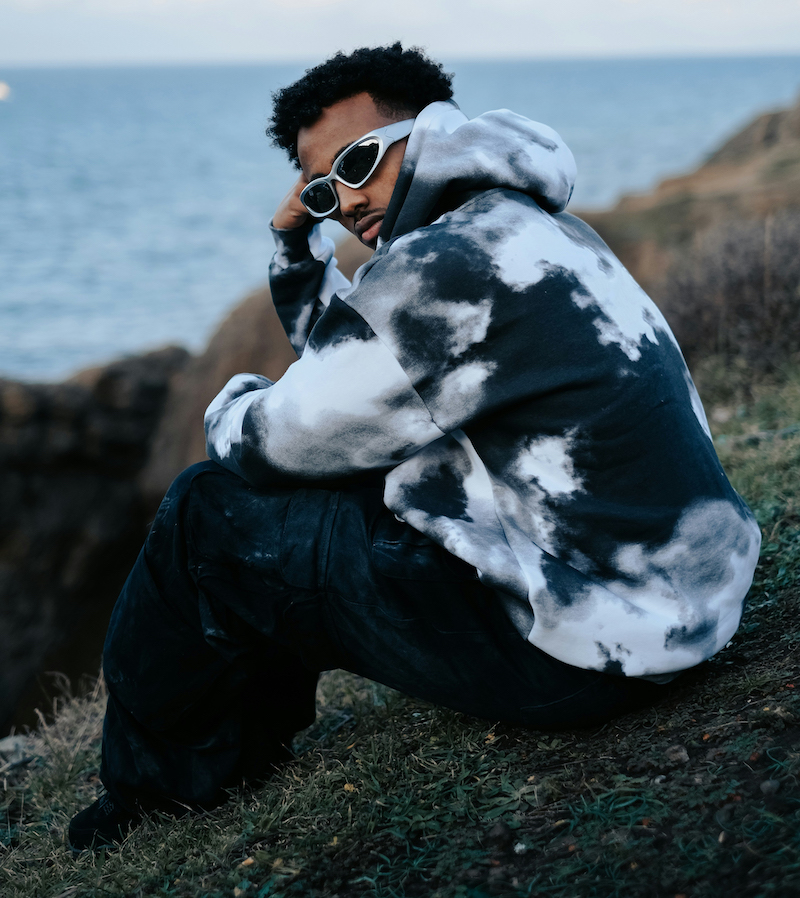
Synonymous with comfort, the hoodie is a staple in the streetwear wardrobe. Not only does it offer practicality and warmth, but its large surfaces also provide ample space for artistic designs and brand logos.
Jeans
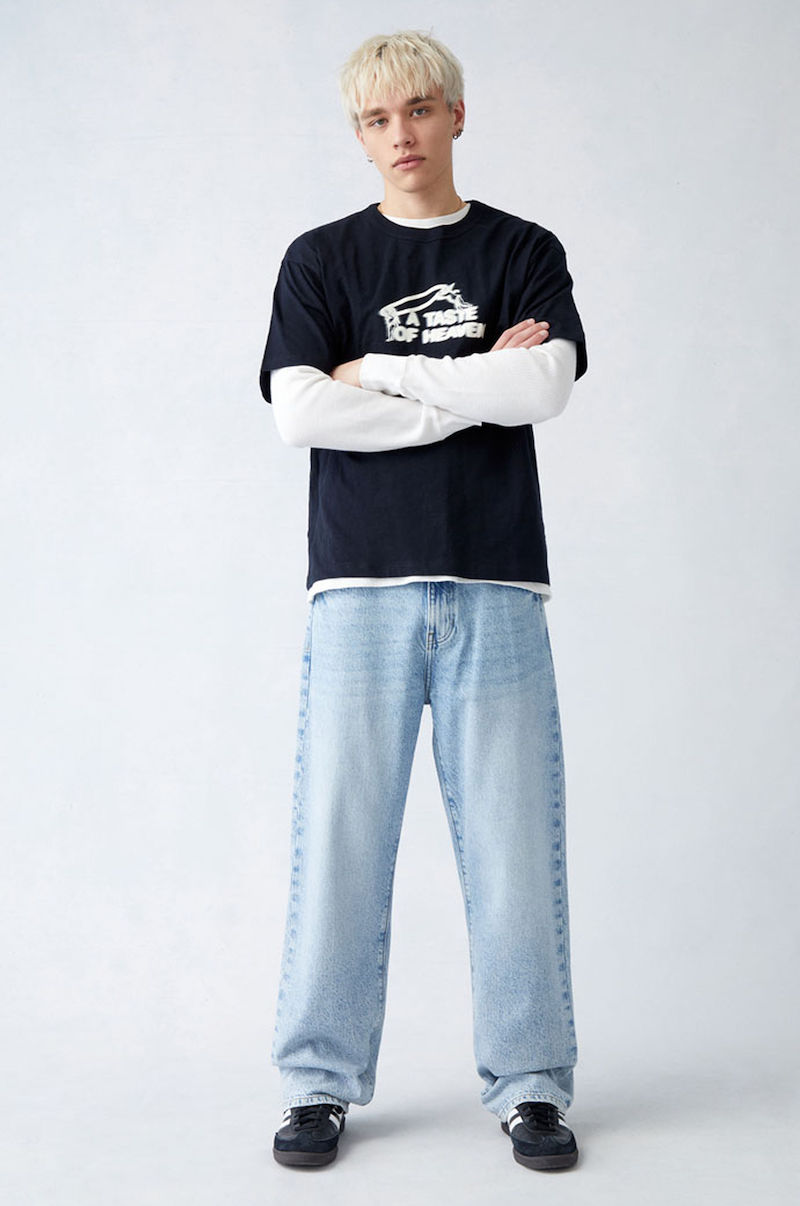
Rugged, durable, and timeless, jeans are a pivotal component of streetwear. The style ranges from baggy silhouettes inspired by the ’90s to distressed and ripped designs.
Cargo Pants
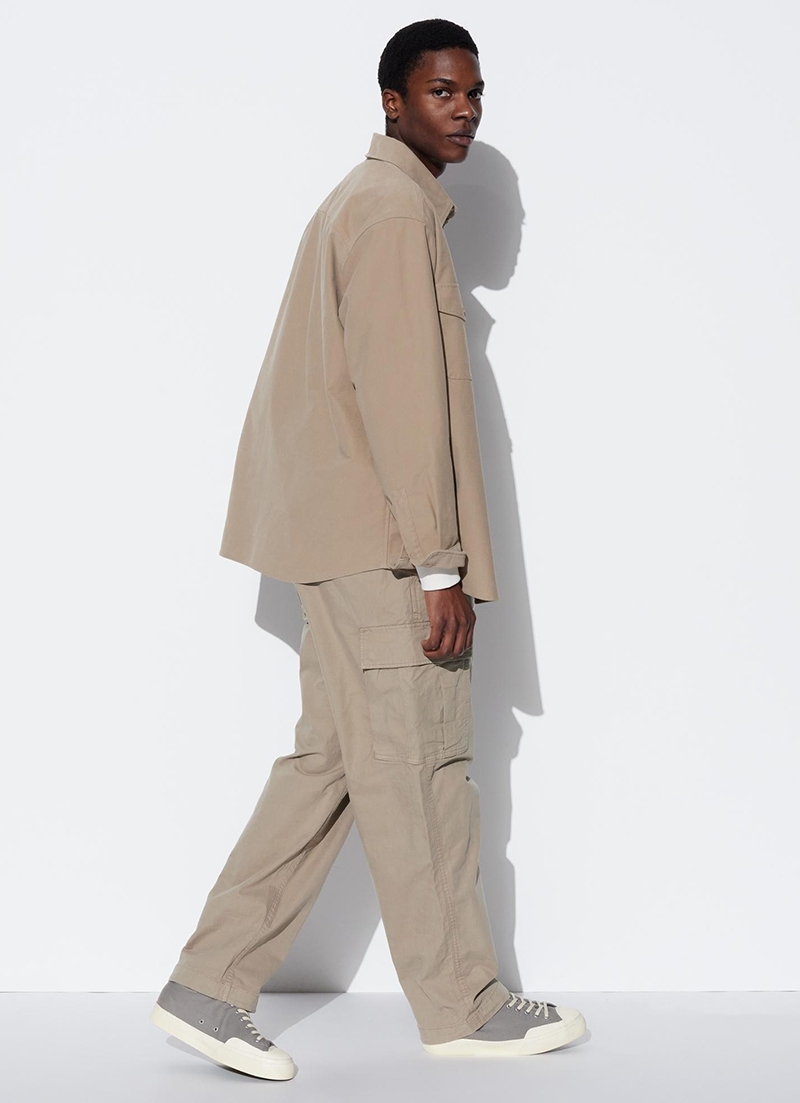
Cargo pants bring functionality and attitude to streetwear styles, equipped with multiple pockets and often made in durable fabrics like cotton twill. Their military origin melds with streetwear’s affinity for practical clothing that stands out in urban environments.
Sneakers
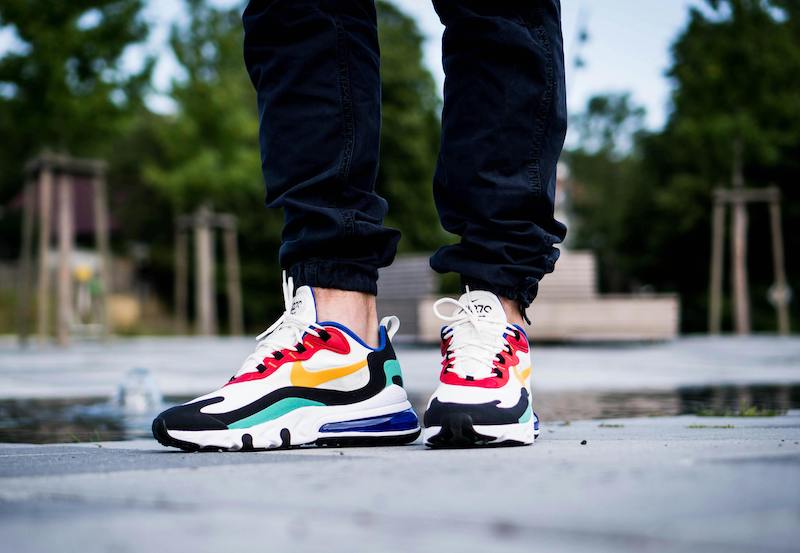
Perhaps no other element signifies streetwear like sneakers. They are at the intersection of comfort, technology, and art, often becoming collectible due to collaborations between designers and brands.
Sneakers have long been a cornerstone of streetwear culture, with timeless high-tops like Chuck Taylor All-Stars continuing to make waves alongside designs from Nike and adidas.
Even the smallest details, like the choice of replacement Nike shoe laces, can refresh and personalize a look, adding that final touch of authenticity to a curated ensemble.
Socks & Belts
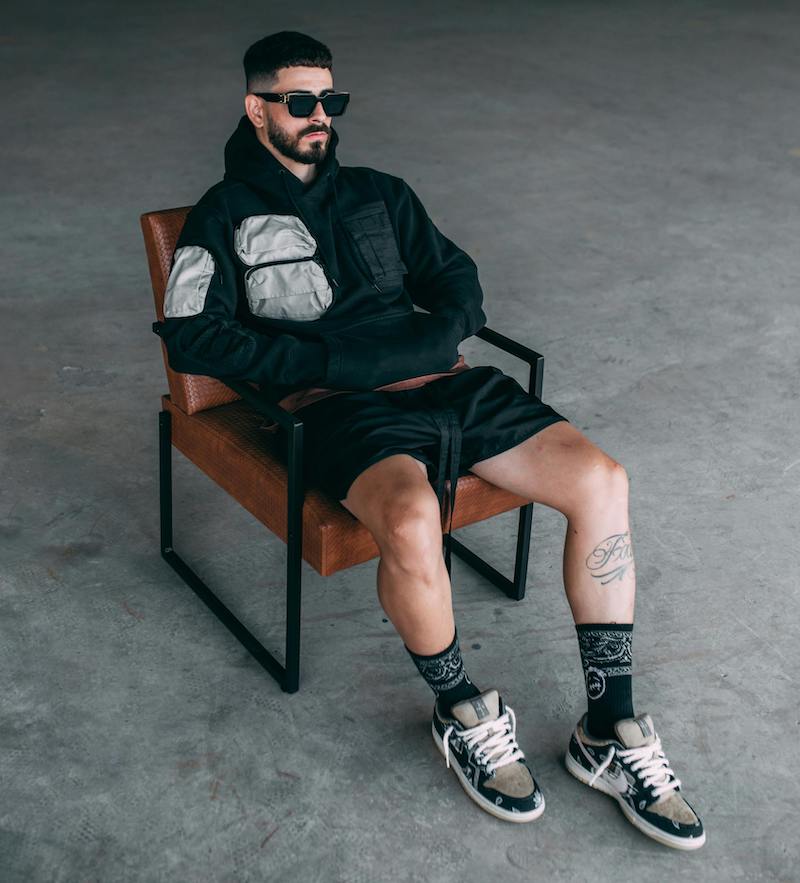
While often overlooked, socks and belts are crucial for function and flair. Statement socks can add color or texture to street aesthetic outfits, while belts often carry bold buckles and designs that enhance the overall look.
The Roots of Streetwear Clothing Style
California Dreaming
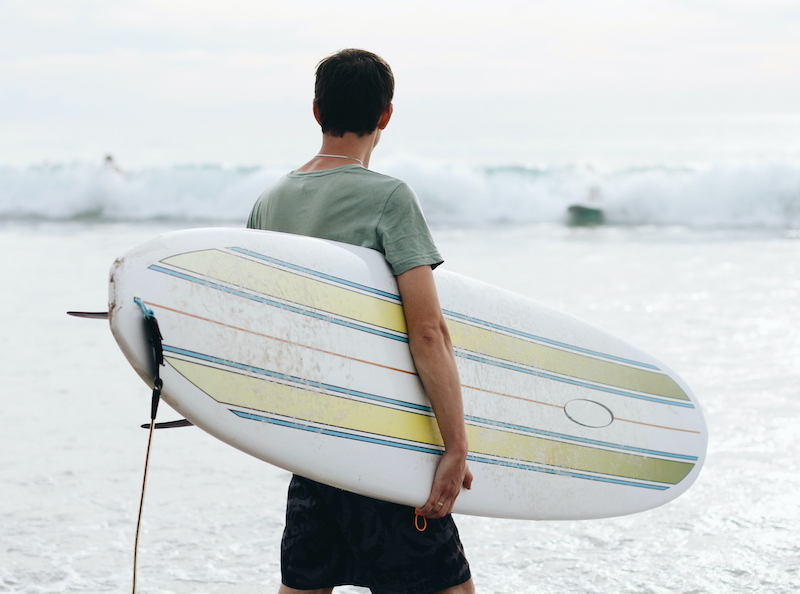
The genesis of streetwear is deeply rooted in the laid-back lifestyle of California’s surfers and skaters during the late 1970s and early 1980s. This group pioneered a relaxed dress code that contrasted with the more formal, mainstream fashion of the time.
Early streetwear was functional, designed to withstand the wear and tear of skateboarding and beach life, and carried an air of nonchalant cool that quickly became iconic.
New York’s Urban Influence
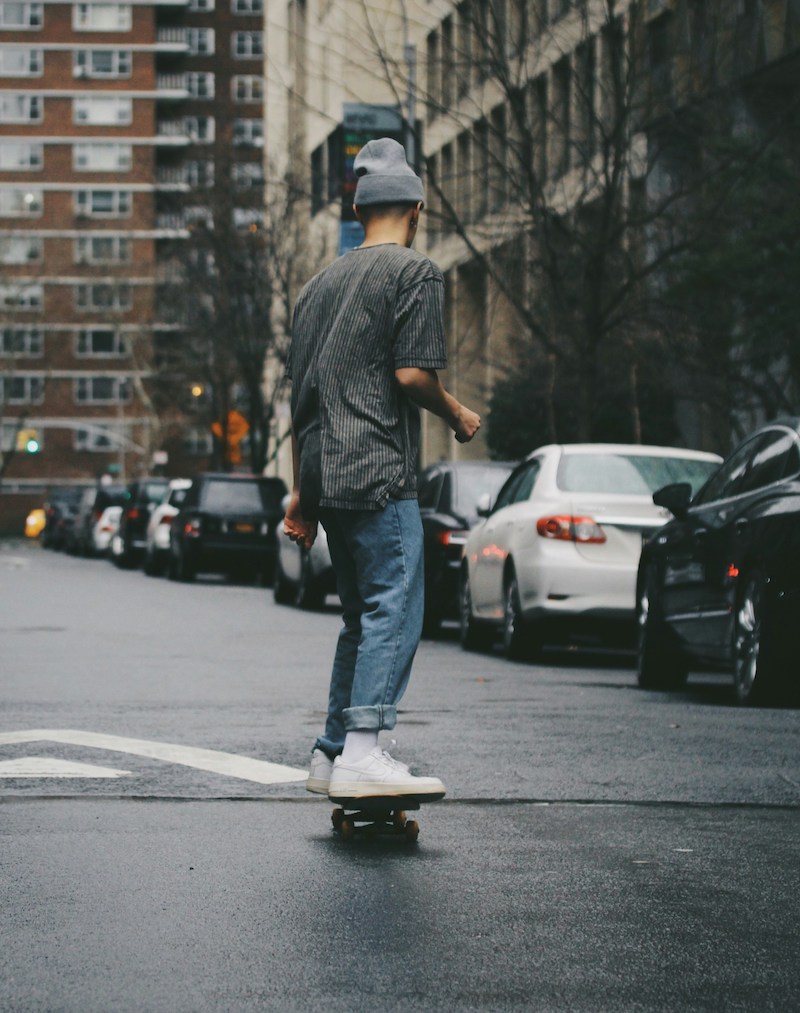
On the opposite coast, New York added its flavor to streetwear. Here, the style was shaped by the city’s rich skate culture, characterized by a tougher, more utilitarian edge that reflected the urban environment.
This blend of East and West Coast influences formed a unique identity for fashion streetwear, marked by a versatile appeal that could resonate with diverse groups across various cityscapes.
Hip Hop’s Adoption
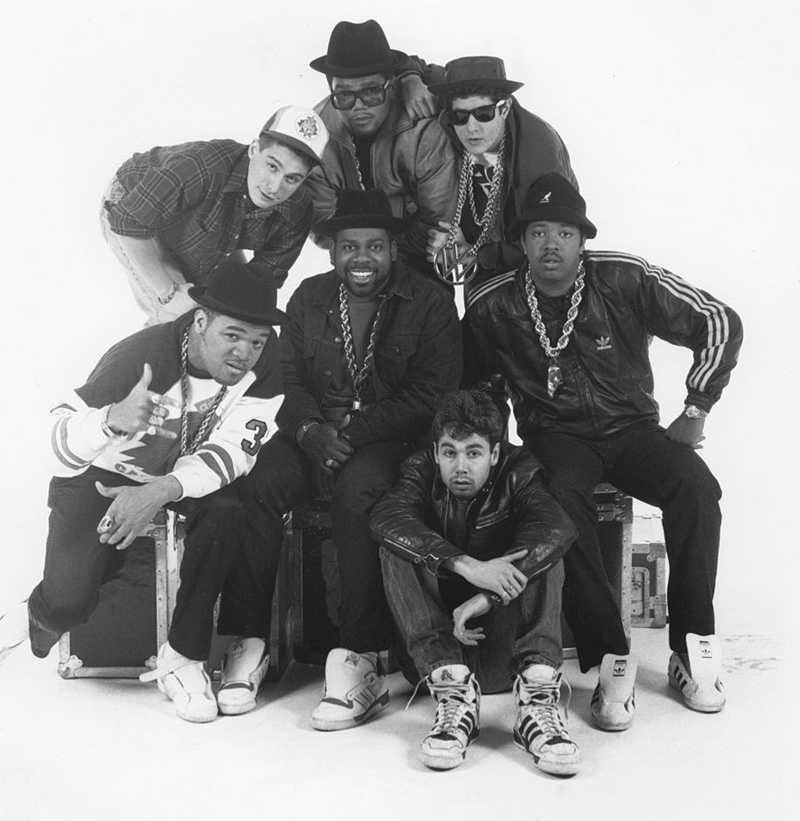
New York City’s hip-hop scene, fueled by artists like Run-DMC, Beastie Boys, and Jay-Z, propelled streetwear from local streets to global fame. As hip-hop emerged in the 1980s and 1990s, it embraced streetwear, catapulting the style into national and international prominence.
Artists wore streetwear, started brands, and integrated these clothes into their public and performance personas, making streetwear a staple in music videos, concerts, and public appearances—forging a lasting link between streetwear and music.

Pharrell Williams’ Billionaire Boys Club and Kanye West’s Yeezy are notable examples of artists who successfully launched their own streetwear brands, further solidifying the connection between hip-hop and fashion.
Artistic Roots
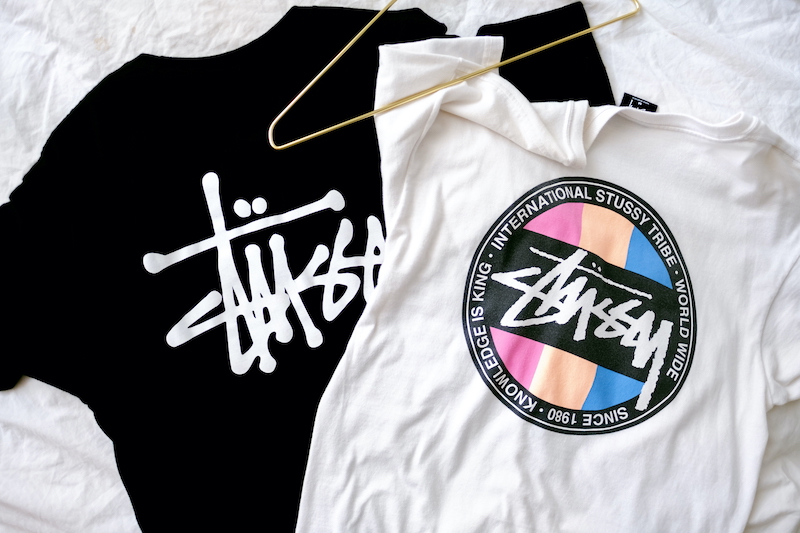
The relationship between graffiti and streetwear is rooted in their shared spirit of rebellion and self-expression. Many pioneering streetwear designers, such as Shawn Stussy and Nigo, emerged from the urban art scene, drawing inspiration from graffiti’s bold, visceral visuals and public visibility.
Stussy, for instance, infused his eponymous brand with the DIY ethos of graffiti, creating bold, graphic designs that reflected the raw energy of the streets.
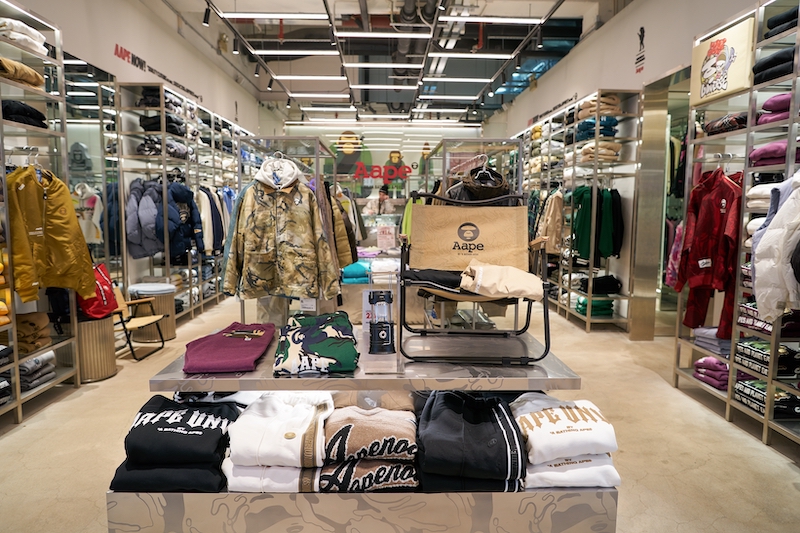
Nigo, the founder of A Bathing Ape (BAPE), took a similar approach, incorporating vibrant colors and stylized graphics into his designs. This fusion of graffiti’s visual language with streetwear’s functional appeal helped establish both brands as pillars of the genre.
Meanwhile, artists like Futura have blurred the lines between graffiti and streetwear, creating limited-edition collaborations that showcase the intersection of art and fashion.
Sneaker Collecting
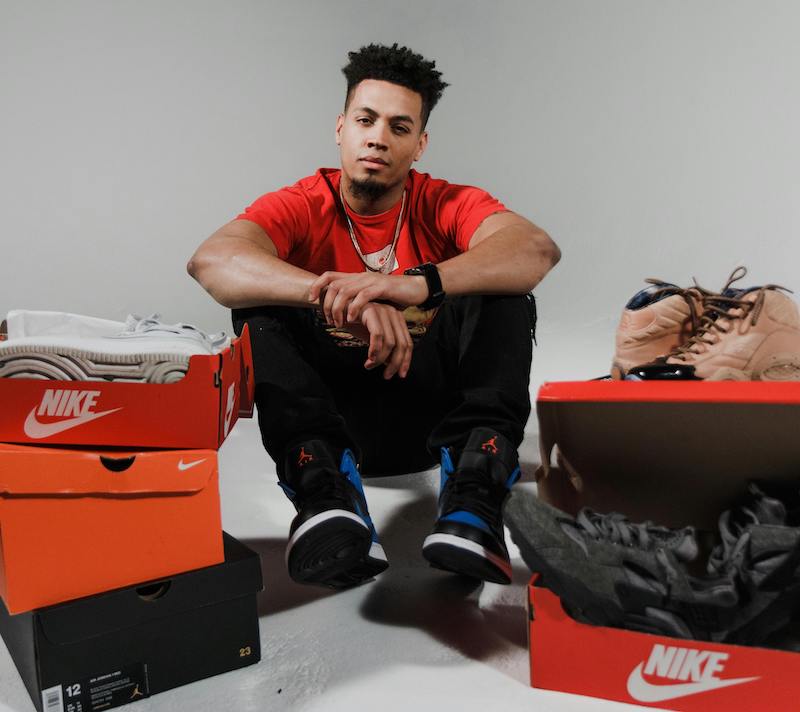
Sneaker collecting is a vibrant subculture within the streetwear community that combines passion, artistry, and commerce. Collectors, known as “sneakerheads,” pursue rare, limited-edition, and exclusive releases, often standing in line for hours or participating in online raffles to acquire new additions to their collections.
This enthusiasm has spurred a secondary market where sneakers can sell for many times their original price. Brands like Nike and adidas often release shoes in collaboration with artists, musicians, and other cultural icons, adding to these collectibles’ allure and desirability.
Collaboration in Fashion
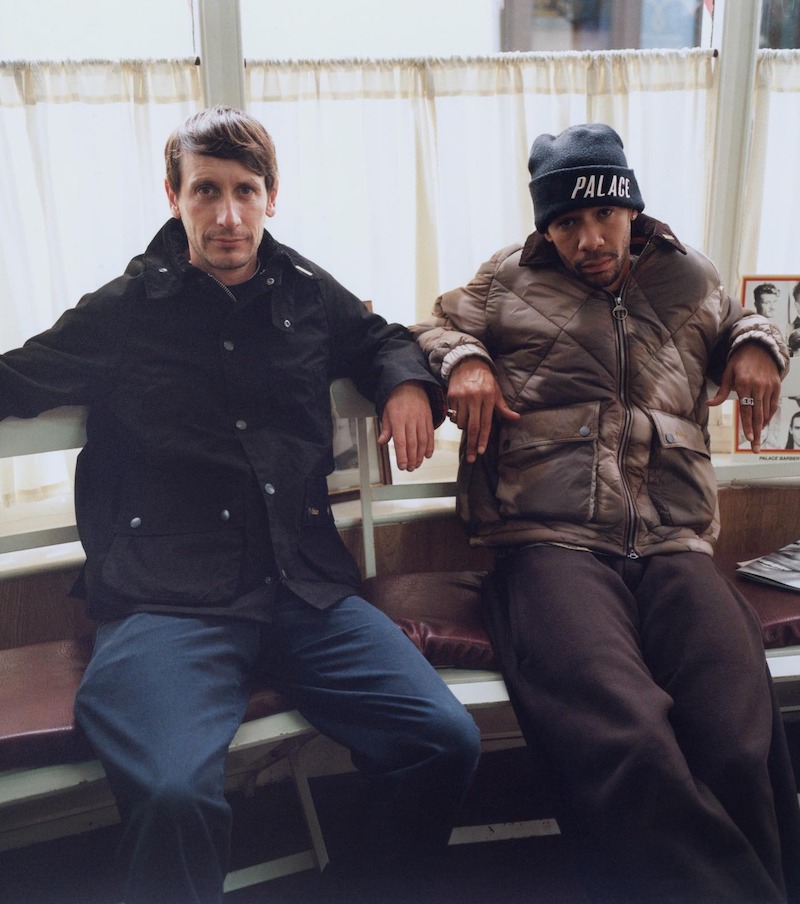
Collaborations are a driving force in the evolution of streetwear, offering a fusion of perspectives that can redefine brand identities and consumer expectations. These partnerships, whether between brands, artists, or high fashion and trending streetwear labels, generate excitement and anticipation in the market.
Successful collaborations, such as Supreme’s projects with Louis Vuitton or Nike’s ongoing work with Off-White, lead to commercially successful collections but also help shape the cultural dialogue around fashion.
These collaborations allow brands to enter new markets, attract diverse customer bases, and stay relevant in a fast-paced industry.
Hypebeasts
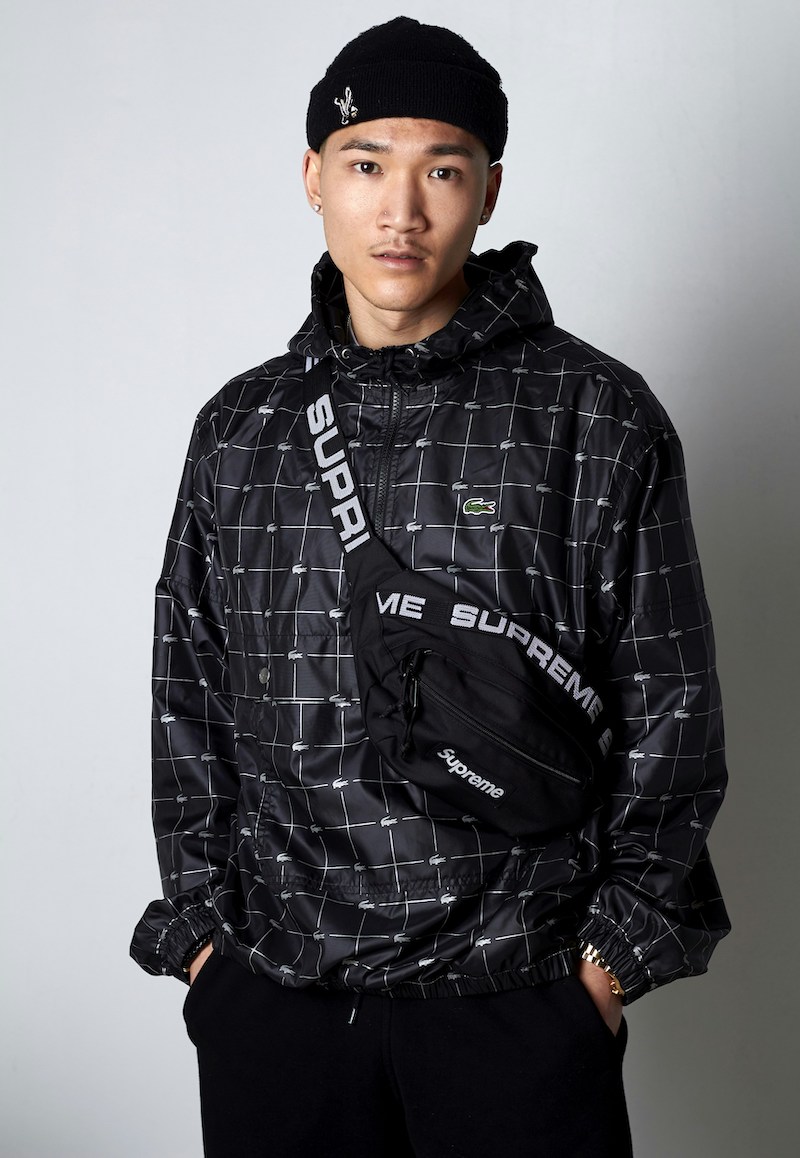
Hypebeasts are defined by their relentless pursuit of the latest and most exclusive releases, often driven by limited editions and high-profile collaborations. These enthusiasts are not just consumers but influencers, using their acquisitions to gain social currency in both digital and real-life spheres.
The hypebeast culture is fueled by the thrill of the chase and the prestige of owning rare pieces, which are flaunted on social media for peer recognition and validation. Economically and culturally, hypebeasts shape the fashion landscape.
They influence market prices through their demand for exclusive items, encouraging brands to adopt “drop” strategies, where products are released in limited quantities with little notice to build urgency. This behavior helped shape the rise of hype streetwear, a category defined by scarcity, desirability, and the buzz that surrounds each release.
While the culture has sparked debates around consumer behavior, it has also pushed brands toward more inventive marketing and opened new spaces for designers, artists, and independent labels to gain visibility within the streetwear world.
Iconic Streetwear Brands
Different types of streetwear often overlap, blending skate and surf-inspired looks with luxury-driven hypewear, Japanese minimalism, and retro sportswear. Each draws from distinct influences, yet they frequently intersect through shared references, styling choices, and cultural crossovers.
Pioneers & Innovators
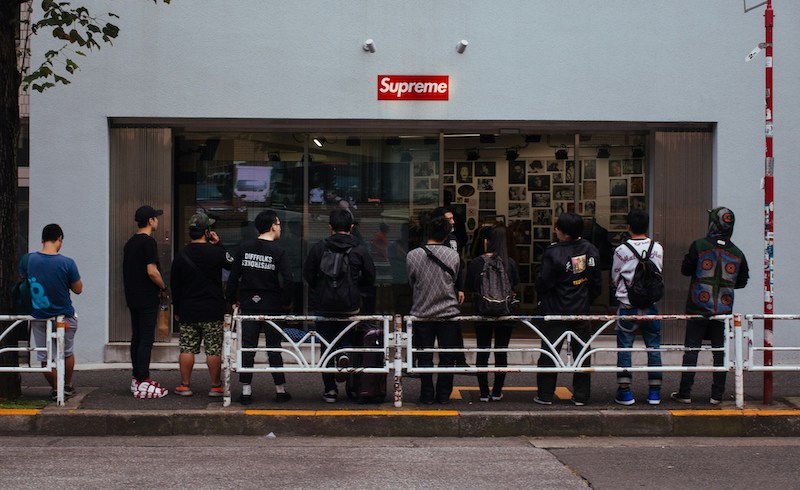
- Supreme: Originating from New York City’s skate culture, Supreme is a key player known for its exclusive drops and iconic branding, epitomizing the streetwear hype aesthetic.
- Stüssy: As one of the original brands that shaped men’s streetwear style clothes, Stüssy brought Southern California surf culture to the global fashion scene with its laid-back style.
- Nike: With groundbreaking designs and major celebrity collaborations, Nike has been instrumental in blending performance sportswear with aesthetic streetwear.
Blending Heritage & Modern Style
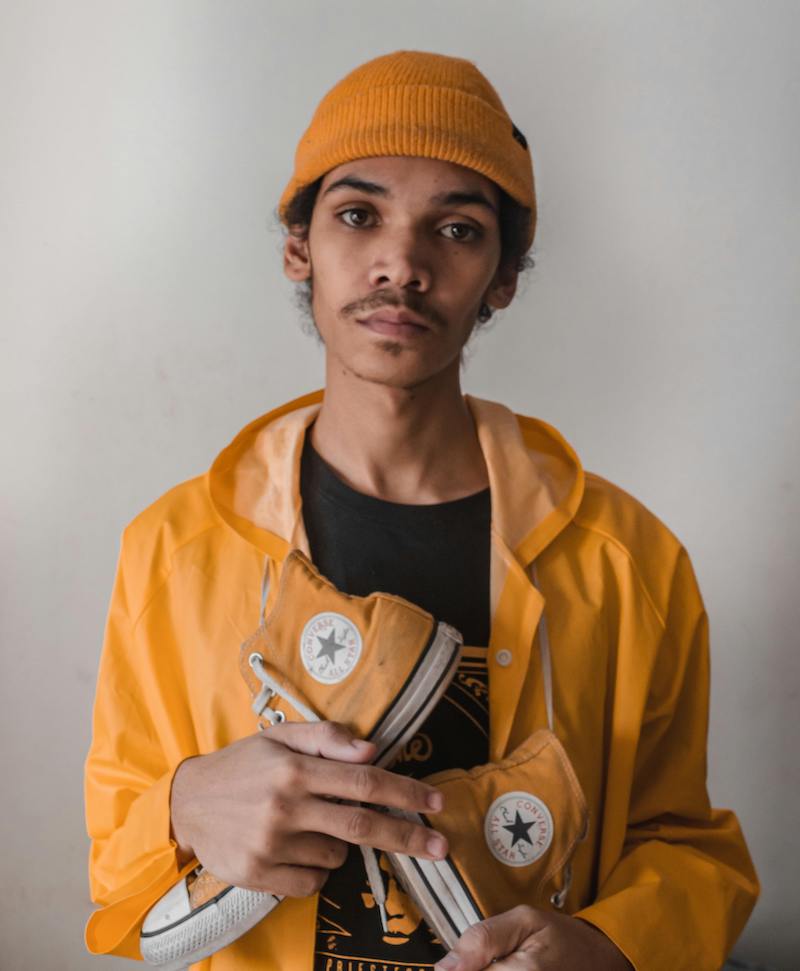
- Converse Chuck Taylor All-Stars: A staple of both athletic and streetwear worlds, Converse has maintained its cultural relevance by adapting to the evolving fashion trends while keeping its classic appeal.
- Air Jordan: Beyond their origins on the basketball court, Air Jordans have become enduring icons in men’s streetwear style, celebrated for their innovative designs and deep cultural significance.
Luxury Streetwear Brands
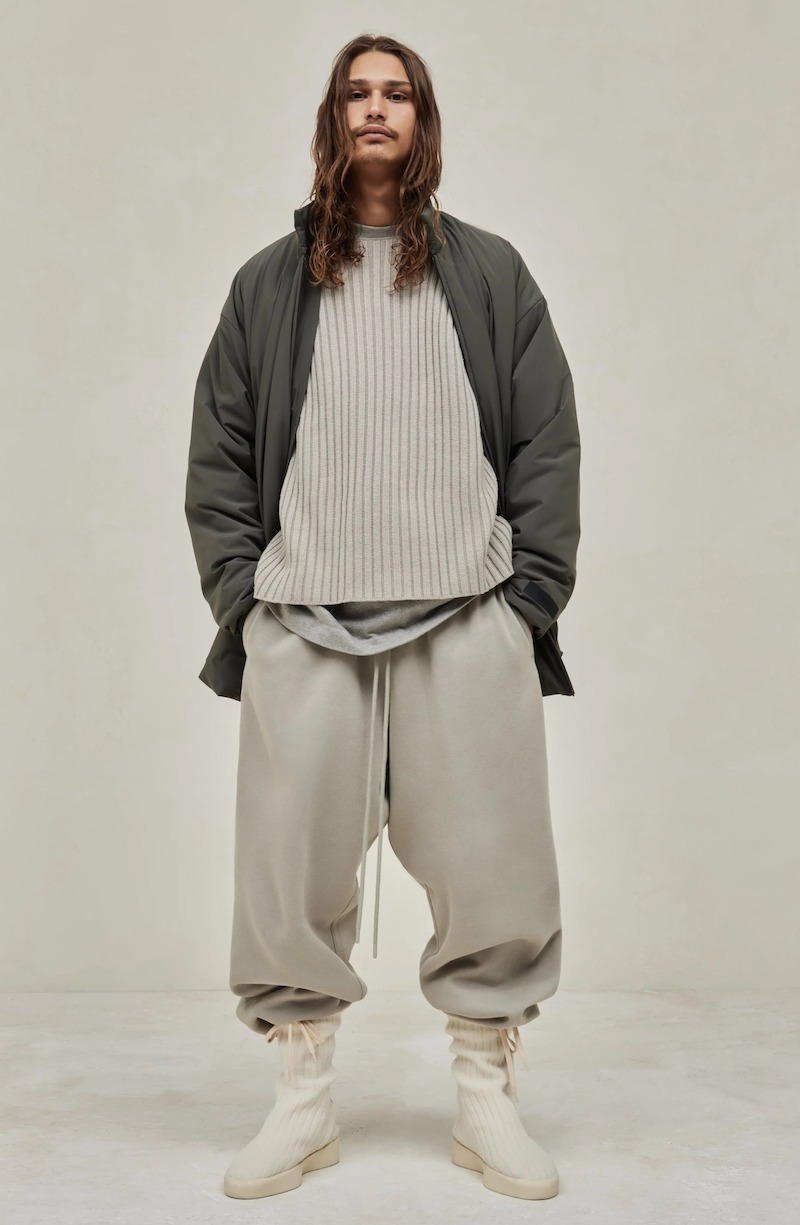
- Fear of God: Founded by Jerry Lorenzo, Fear of God infuses luxury into the raw energy of streetwear fits, impacting both high fashion and mainstream markets.
- A Bathing Ape: With its roots in Tokyo’s Harajuku scene, BAPE combines high fashion elements with streetwear, known for its vivid camo patterns and iconic ape logo.
- Off-White: Created by Virgil Abloh, Off-White marries modern art and high fashion with streetwear, becoming famous for its quotation marks and stripe patterns. The label remains a major source of streetwear inspiration, influencing how graphics, typography, and runway sensibilities can merge in everyday clothing.
Cult Favorites & Niche Innovators
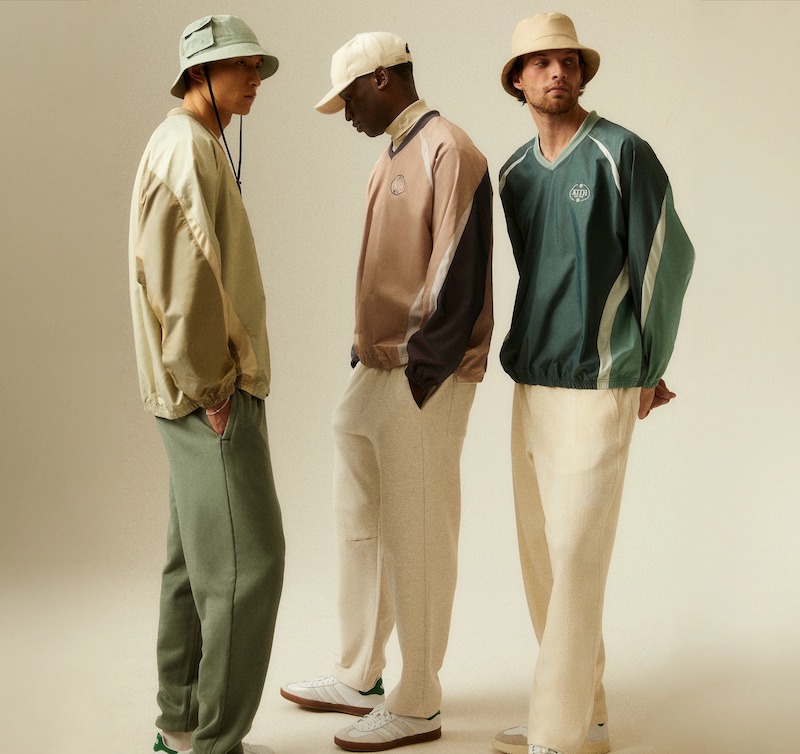
- Kith: Known for its luxury collaborations and exclusive collections, Kith blends the essence of basic streetwear with high-end fashion, establishing a modern boutique experience.
- Palace: Famed for its cheeky take on skate culture and a distinctly British sense of humor, Palace has carved out a niche with its unique designs and ’90s nostalgia.
- Carhartt WIP: Adapting Carhartt’s robust workwear for street-savvy audiences, WIP lines focus on fashion-forward designs while maintaining the brand’s durable roots.
- The Hundreds: This brand encapsulates California street scenes and addresses social issues through bold graphic designs and street-ready aesthetics.
Japanese Street Influence
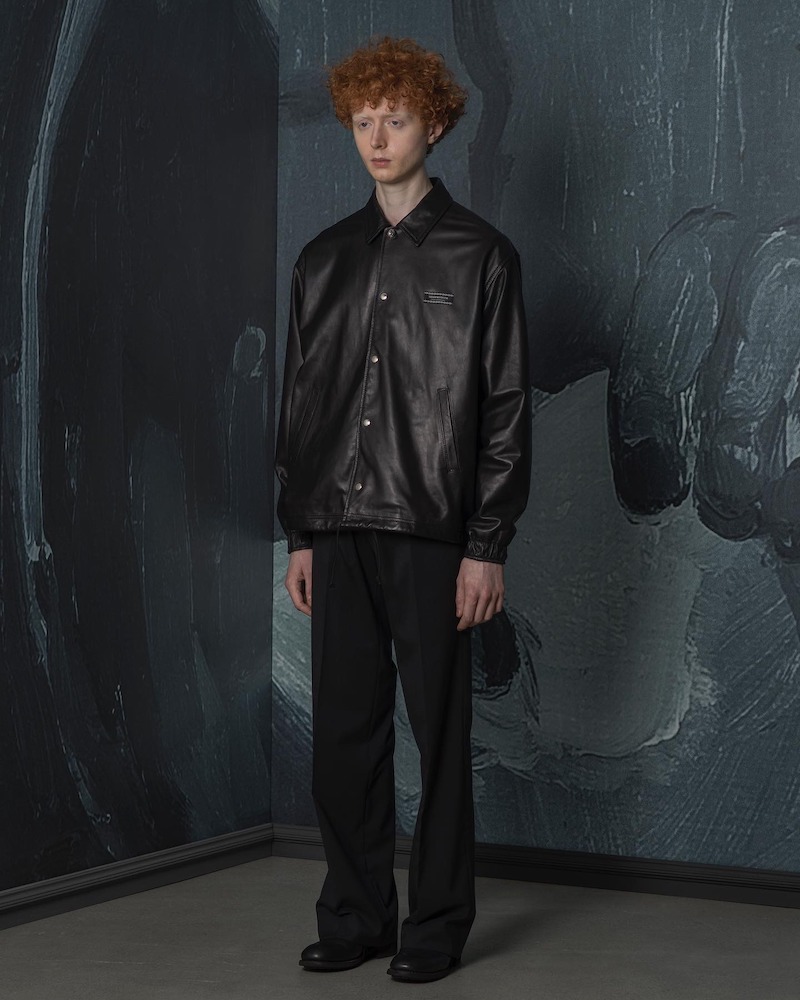
- Undercover: This brand brings a punk flair to Japanese streetwear, incorporating local and international styles.
- Neighborhood: Infusing motorcycle and military gear elements, Neighborhood adds a unique twist to Japanese streetwear.
- CLOT: Integrating Eastern and Western influences, CLOT showcases traditional Chinese designs within the framework of contemporary streetwear basics.
Streetcore: The Lasting Impact of Streetwear
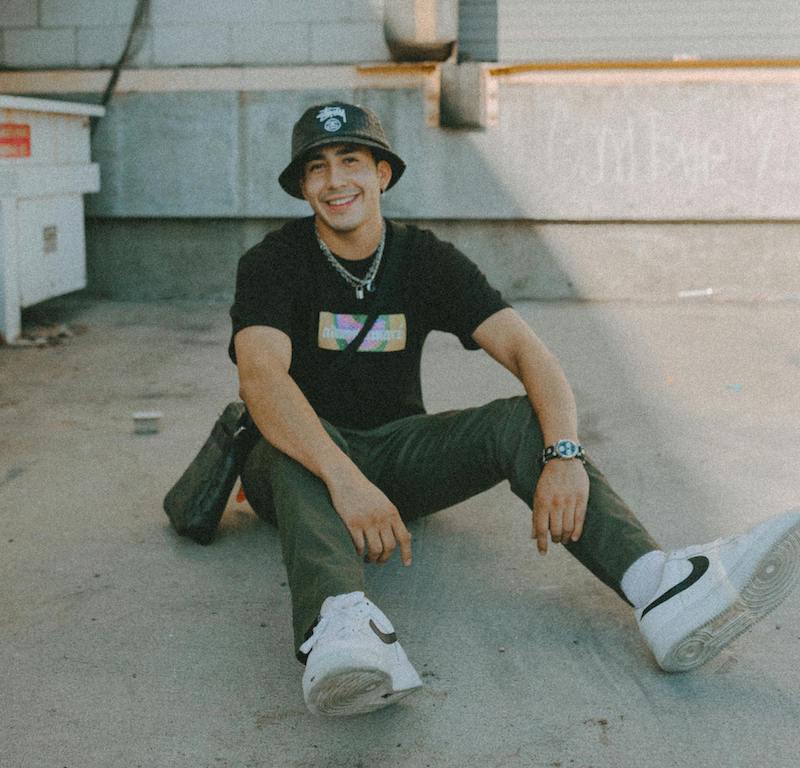
The modern streetwear aesthetic has evolved into a global phenomenon, embracing freedom, creativity, and individuality. From its humble beginnings in California’s surf and skate cultures to its adoption by hip-hop artists and eventual fusion with high-fashion sensibilities, streetwear has become a cultural force to be reckoned with.
With its emphasis on comfort, practicality, and self-expression, stylish streetwear has given rise to a distinct streetcore identity that transcends traditional fashion norms. As the genre continues to evolve through collaborations, limited-edition releases, and innovative marketing strategies, it’s clear that streetwear is here to stay, shaping the urbancore fashion landscape and redefining the way we think about style and culture.
